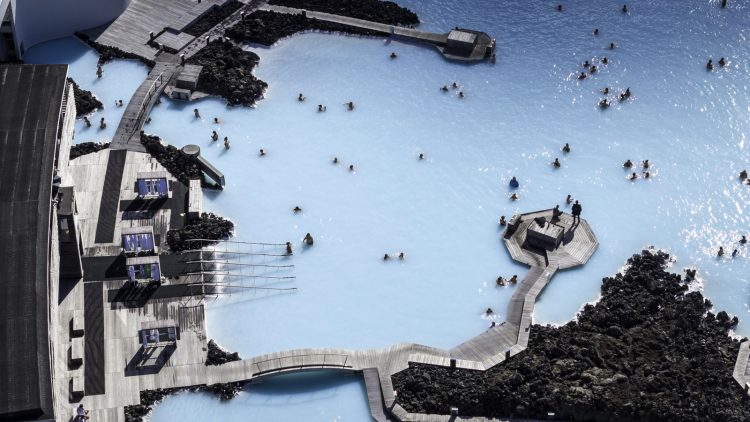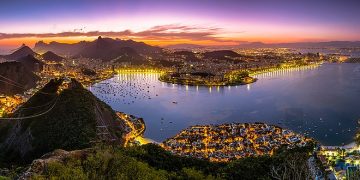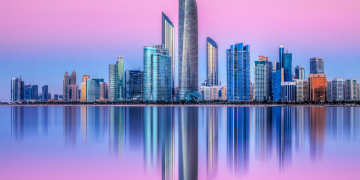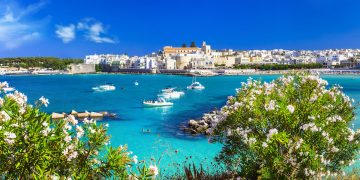Introduction to Iceland’s Geothermal Hot Springs as a Must-Visit Destination in 2024
Iceland, often dubbed “The Land of Fire and Ice,” is renowned for its dramatic landscapes—volcanic peaks, glaciers, and waterfalls. Among the country’s natural wonders, the geothermal hot springs stand out as one of the most unique and relaxing experiences for travelers. The hot springs are not only visually stunning, but they also offer therapeutic benefits that have been revered for centuries. These geothermal wonders are found throughout Iceland and have become increasingly popular as more travelers seek to combine relaxation with nature in a sustainable and responsible manner.
In 2024, eco-conscious and wellness-focused tourism continues to rise, and Iceland’s geothermal pools are at the heart of this movement. Whether you’re looking for a tranquil experience in remote locations or enjoying a more luxurious spa treatment in a famous lagoon, Iceland offers a diverse range of geothermal springs that cater to every traveler’s needs. However, with the growing number of tourists, responsible travel practices are more critical than ever. This guide provides a comprehensive look at how to experience Iceland’s geothermal hot springs in a way that minimizes your ecological impact and respects the local culture.
Key Hot Springs to Visit: Blue Lagoon, Myvatn Nature Baths, and Lesser-Known Secret Springs
Blue Lagoon: The Iconic Destination
The Blue Lagoon is perhaps the most famous geothermal hot spring in Iceland. Located in the Reykjanes Peninsula, close to Keflavik Airport, the lagoon is often the first stop for visitors. The striking, milky blue waters are rich in silica, sulfur, and minerals, known for their purported skin benefits. The lagoon was originally created as a byproduct of the nearby Svartsengi geothermal power plant, which harnesses geothermal energy to produce electricity. Today, it has become a luxurious spa that draws people from around the world.
Though the Blue Lagoon is widely regarded as a top-tier wellness destination, it also faces the challenge of maintaining sustainability amidst increasing visitor numbers. To reduce the environmental impact, the lagoon has implemented several eco-friendly initiatives, including water recycling systems, sustainable architecture, and responsible waste management.
Things to Keep in Mind:
- Book in advance: The Blue Lagoon is one of Iceland’s most popular tourist attractions. It’s essential to book your tickets early to ensure you can get a spot.
- Respect the guidelines: The lagoon has specific rules, such as showering thoroughly before entering and avoiding using harsh chemicals in the water, which helps preserve the water quality.
- Support local sustainability initiatives: The Blue Lagoon has a geothermal spa certification, which means it adheres to rigorous environmental standards. Supporting such establishments ensures the future preservation of these natural wonders.
Myvatn Nature Baths: A Tranquil Alternative
Located in the north of Iceland, the Myvatn Nature Baths offer a more peaceful, less crowded alternative to the Blue Lagoon. Situated near Lake Myvatn in a volcanic region known for its geothermal activity, these baths provide a serene experience surrounded by lava fields, volcanic craters, and steaming vents. The mineral-rich waters are similar to the Blue Lagoon, offering therapeutic benefits that are great for skin and stress relief.
Unlike the Blue Lagoon, Myvatn Nature Baths have a more rustic and natural atmosphere. Visitors can soak in the warm waters while taking in the breathtaking landscape, with views of the surrounding volcanic terrain. The natural beauty and tranquility make Myvatn a perfect choice for those who prefer a more intimate and off-the-beaten-path experience.
Things to Keep in Mind:
- Fewer crowds: Since it’s less commercialized, Myvatn offers a more peaceful experience than the Blue Lagoon.
- Respect local wildlife: The area is rich in biodiversity, and it’s important to stay on marked trails to protect the delicate ecosystem.
Lesser-Known Secret Springs: Hidden Gems Across Iceland
While the Blue Lagoon and Myvatn Nature Baths are iconic, Iceland is home to many lesser-known geothermal springs that offer equally spectacular experiences. These hidden gems are perfect for travelers seeking a more private and tranquil experience.
For example, the Secret Lagoon (Gamla Laugin) in Fludir is a charming and rustic hot spring surrounded by geysers and hot springs in the Golden Circle area. Unlike the Blue Lagoon, the Secret Lagoon maintains a much quieter, more authentic atmosphere.
Another hidden gem is Hveravellir, a remote geothermal area in Iceland’s central Highlands. Known for its rugged beauty, Hveravellir offers natural hot springs in a truly isolated setting, making it ideal for those seeking a wilderness adventure.
Things to Keep in Mind:
- Be prepared for isolation: Many of these hidden hot springs are in remote areas, so ensure you are well-prepared for the journey, including proper clothing and supplies.
- Leave no trace: These hidden gems often lack amenities, so it’s especially important to respect the environment and leave no trace of your visit.
Tips for Enjoying Hot Springs Responsibly: Sustainability, Respecting Local Traditions, and Minimizing Environmental Impact
With increasing numbers of travelers flocking to Iceland’s geothermal hot springs, it’s essential to adopt responsible travel practices. Here are some ways to ensure that you can enjoy Iceland’s geothermal wonders in a sustainable and mindful way:
1. Follow Local Guidelines and Regulations
Each hot spring has specific rules in place to protect both visitors and the environment. In Iceland, it is customary to shower thoroughly before entering the hot springs to ensure that the water remains clean and free from contaminants. This is particularly important in geothermal areas where water quality can affect the health of both bathers and the ecosystem.
- Shower before entering: Public health regulations require visitors to wash off any dirt, oils, and lotions before entering hot springs.
- Use eco-friendly products: Avoid using shampoos, soaps, or other products in the hot springs unless they are certified as safe for use in geothermal environments.
2. Avoid Overcrowding
To help reduce the environmental strain caused by large crowds, consider visiting lesser-known hot springs or visiting the popular ones during off-peak hours. For instance, the best time to visit the Blue Lagoon is early in the morning or later in the evening to avoid peak crowds.
- Visit hidden gems: Opting for less popular locations not only helps with crowding but also gives you a more peaceful experience.
- Respect limited resources: Many remote springs have limited capacity, so avoiding peak times ensures that the resources are not overwhelmed by excessive visitors.
3. Respect Local Culture and Traditions
Icelanders have been bathing in geothermal waters for centuries, and these practices are deeply ingrained in their culture. When visiting these sacred spots, it’s important to respect the local customs, including how to behave and what to wear in the hot springs. Icelandic people often see hot springs as places for socializing and relaxation, not just for bathing, and it’s important to approach these sacred spots with the same level of respect.
- Be aware of local customs: Bathing etiquette in Iceland can vary slightly from spring to spring, so it’s important to be aware of local guidelines.
- Leave no trace: Always clean up after yourself and ensure that you leave no litter behind. Iceland’s natural beauty is fragile, and it’s essential to preserve it for future generations.
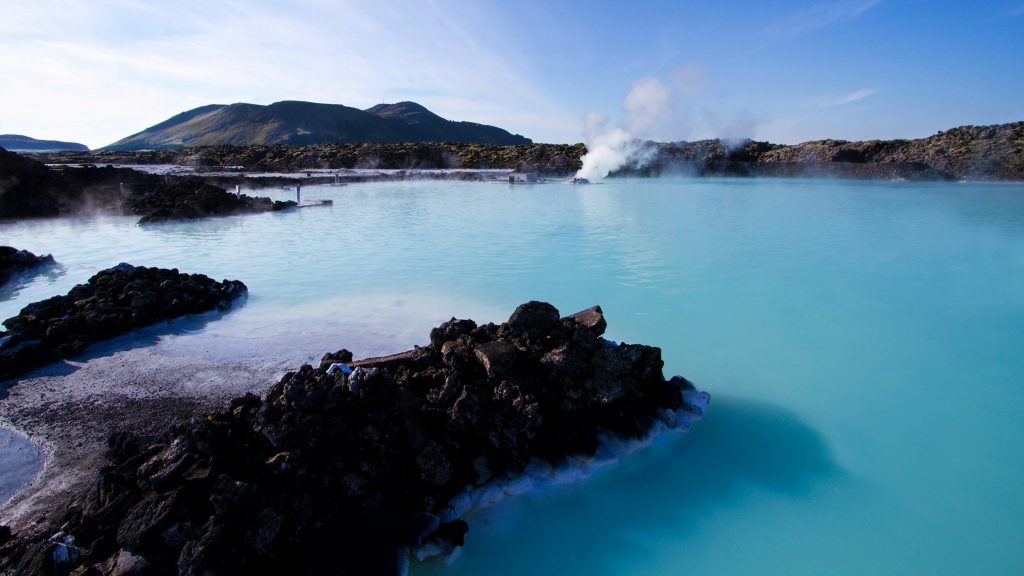
4. Minimize Your Carbon Footprint
Iceland’s geothermal pools are a testament to the country’s commitment to renewable energy, and visitors should do their part to minimize their carbon footprint. Consider using public transportation when traveling to hot springs, or opt for electric car rentals, which are becoming increasingly common in Iceland. Additionally, staying at eco-friendly accommodations and supporting local businesses that prioritize sustainability can help you further reduce your impact.
- Public transport: Iceland’s public transportation system is efficient, and taking buses or trains is a more eco-friendly option.
- Eco-friendly accommodations: Choose lodgings that practice sustainability, such as those that use renewable energy and water-saving technologies.
How to Prepare for Your Visit: What to Pack, How to Relax, and Safety Protocols
Before you embark on your geothermal adventure, it’s important to be prepared for the experience. Here’s how you can ensure your visit is comfortable, relaxing, and safe.
What to Pack
- Swimwear: A swimsuit is essential for soaking in the hot springs. Some places may provide towels, but it’s always a good idea to bring your own.
- Towel: While most geothermal spas provide towels, bringing your own ensures you’re prepared for any situation.
- Flip-flops: Hot spring facilities are often made of lava rock or other rough surfaces, so flip-flops are ideal for walking around.
- Waterproof bag: To store wet clothes and towels after your visit, pack a waterproof bag.
- Sunscreen: Even in Iceland, the sun’s rays can be strong, particularly near water. Protect your skin with sunscreen.
How to Relax and Enjoy
The hot springs are meant to be a place of relaxation and peace. Once in the waters, take your time to unwind, meditate, or simply enjoy the serenity of your surroundings. Bring a book, or simply sit back and enjoy the healing benefits of the geothermal waters.
Safety Protocols
Although the geothermal pools are generally safe, there are some safety considerations to keep in mind. Water temperature can vary, so check the temperature of the water before fully immersing yourself. Be mindful of slippery rocks, particularly in natural hot springs. And if you are visiting remote locations, make sure to follow any safety guidelines provided by the authorities or tour guides.
The Healing Benefits of Soaking in Nature’s Geothermal Pools
Iceland’s geothermal pools offer more than just a soothing experience—they have proven health benefits. The minerals in the water, such
as sulfur and silica, have therapeutic properties that are known to relieve skin conditions, improve circulation, and reduce stress. Many visitors report feeling rejuvenated and refreshed after spending time in these magical waters.
Soaking in these natural pools also offers a unique opportunity to connect with nature. The healing properties of the geothermal waters, combined with the stunning landscapes of Iceland, make these experiences not just therapeutic but spiritually enriching as well.
Conclusion
Visiting Iceland’s geothermal hot springs offers an unparalleled opportunity to experience the country’s stunning natural beauty and rich cultural heritage. However, as the popularity of these destinations grows, it’s crucial for travelers to embrace responsible practices to preserve these sacred sites for future generations. By respecting local customs, minimizing environmental impact, and supporting sustainable tourism initiatives, you can enjoy Iceland’s geothermal wonders while ensuring their preservation for years to come.


